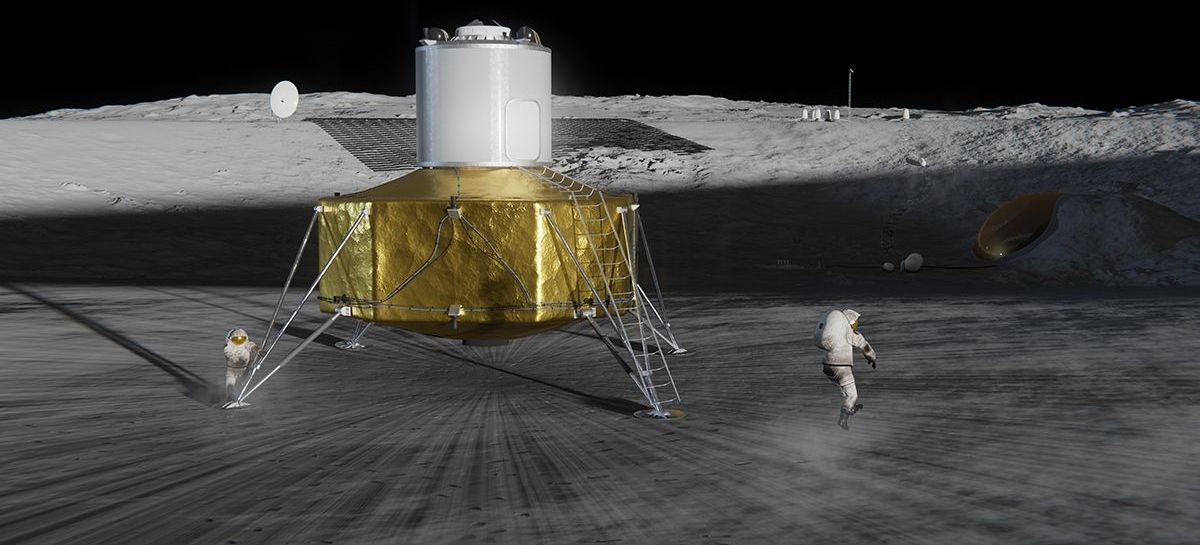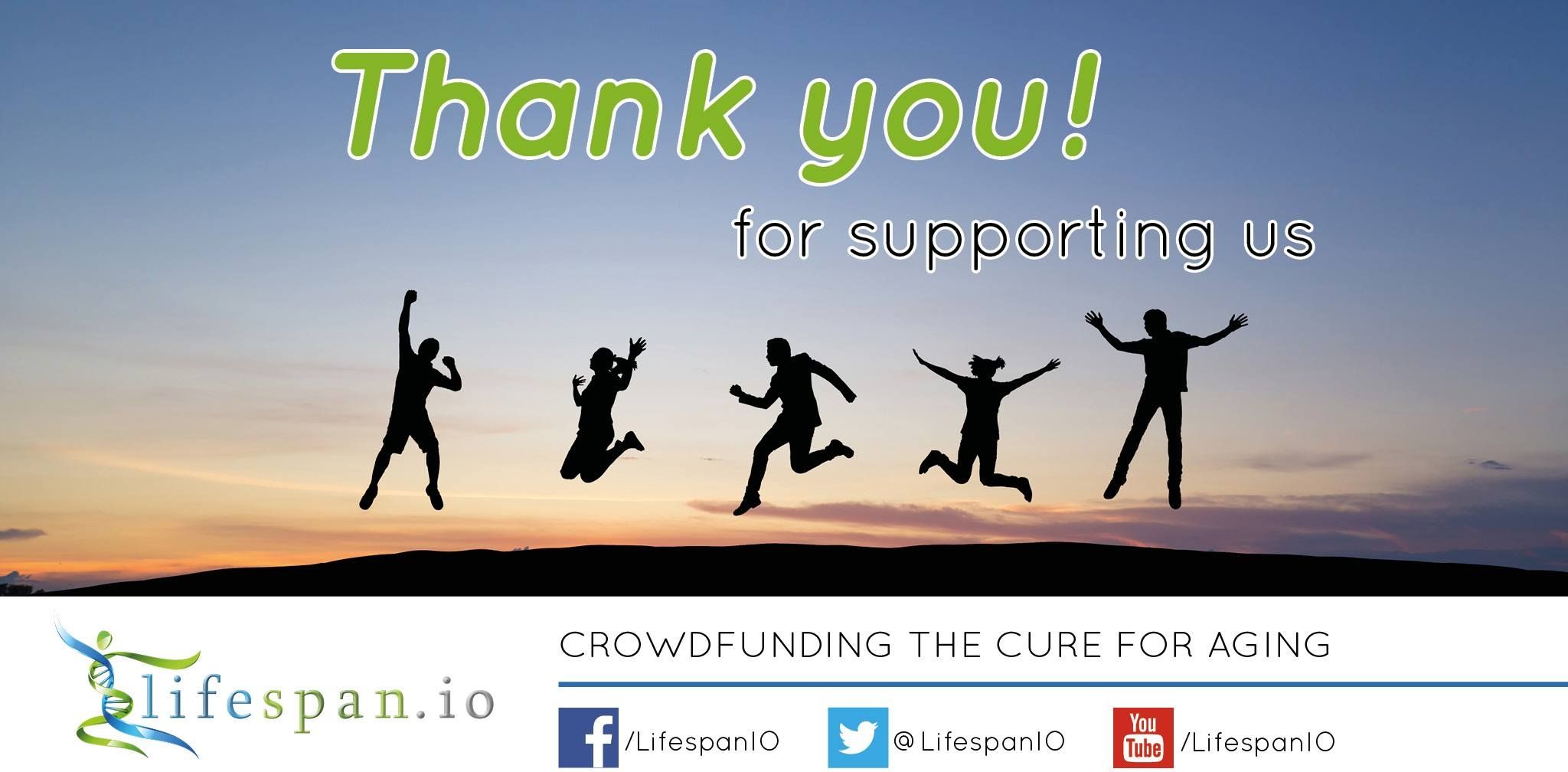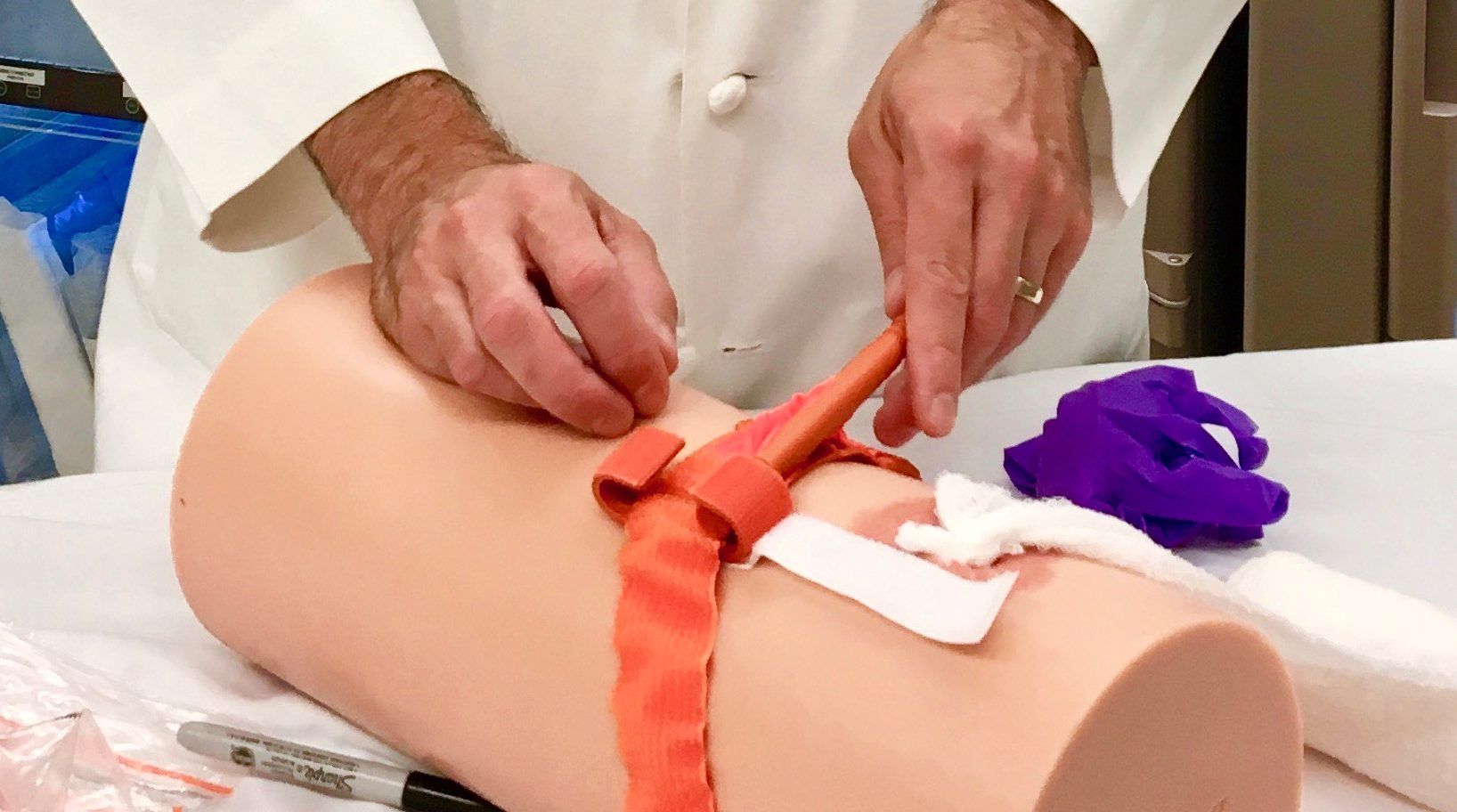A roving spring of bubbling mud is moving around like a geologic poltergeist in southern California.



Florida has lagged in renewable energy use, but declining solar costs are set to change that.



Experience high-res #science in first #8K ultra high definition (UHD) video from the International Space Station. Get closer to the in-space experience and see how human spaceflight is improving lives on Earth, while enabling humanity to explore the universe. Watch and download: 🚀🔬🌟🎥.
There’s still a lot left to learn about black holes. One of the questions astronomers ask: How can black holes change our future?

If we can reach our third and final stretch goal and expand the scope of the experiment massively. Could NMN be a true anti-aging drug?


A thought experiment to see whether life extension might contribute to your happiness.
Today, we’re going to engage in a thought experiment. We’re going to imagine a world with some sort of antechamber to life in which you hang around as some sort of disembodied entity before you are born. (Some people actually believe in something like that, but we won’t go there; it’s just a thought experiment.)
The Choice to Be Born
Let’s suppose that, as a disembodied soul, you have a somewhat human outlook on things: you want to enjoy new experiences, avoid unpleasant circumstances, and so forth. Let us further suppose that you have a choice over being born or not and that someone comes along and tries to get you sold on the idea of being born. Neither of you can predict the future and know exactly how good or bad a life you would have, but you do know the gist of it—what stages you need to go through, what issues may manifest, etc.
